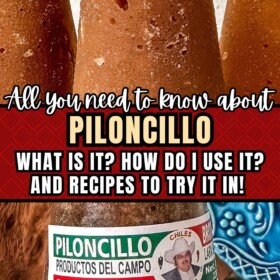Piloncillo is a Mexican sweetener reminiscent of caramel and molasses, used in many traditional Mexican recipes. Let’s dive into what it is exactly, what it tastes like, and how to use this delicious ingredient in cooking!
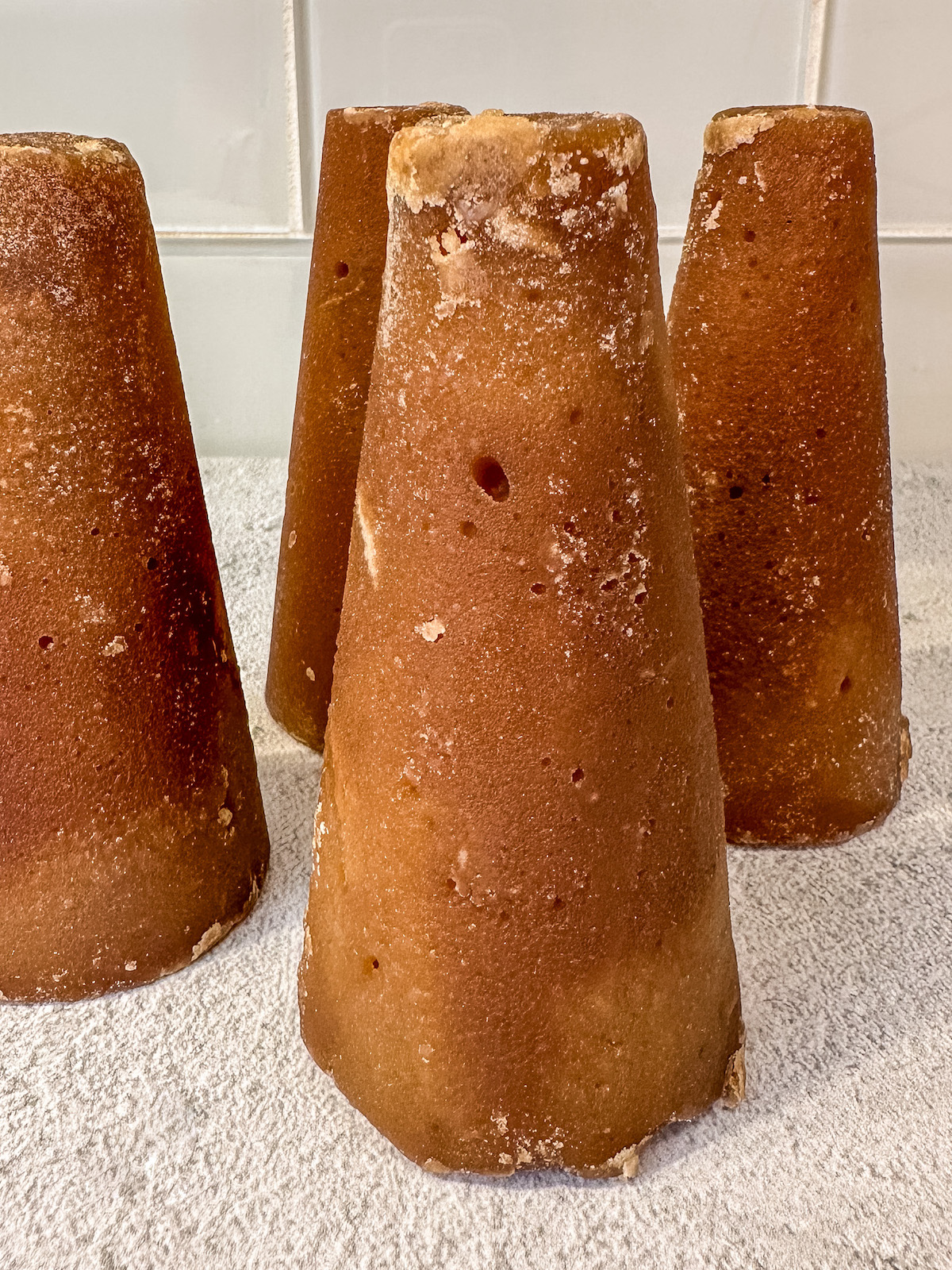
What Is Piloncillo?
Piloncillo is an unrefined sugar that is sometimes referred to as Mexican brown sugar. It has a flavor reminiscent of burnt caramel or molasses, and sometimes notes of rum or smokiness. In Mexico, this chocolatey, earthy brown sugar brings complexity to loads of dishes, sweet or savory.
In other parts of Latin America, this sweetener is referred to as panela, rapadura, or chancaca. Its unique, tangy, caramelized flavor is used to sweeten recipes ranging from desserts like flan and buñuelos to drinks like Mexican atole and carajillo cocktails.
If you’re getting into Mexican cooking, or looking to expand your pantry with this special ingredient, this guide covers everything you need to know about piloncillo. From what it tastes like to how to ready it for cooking, how to store it, and then some. We even have a few easy recipes up our sleeve!
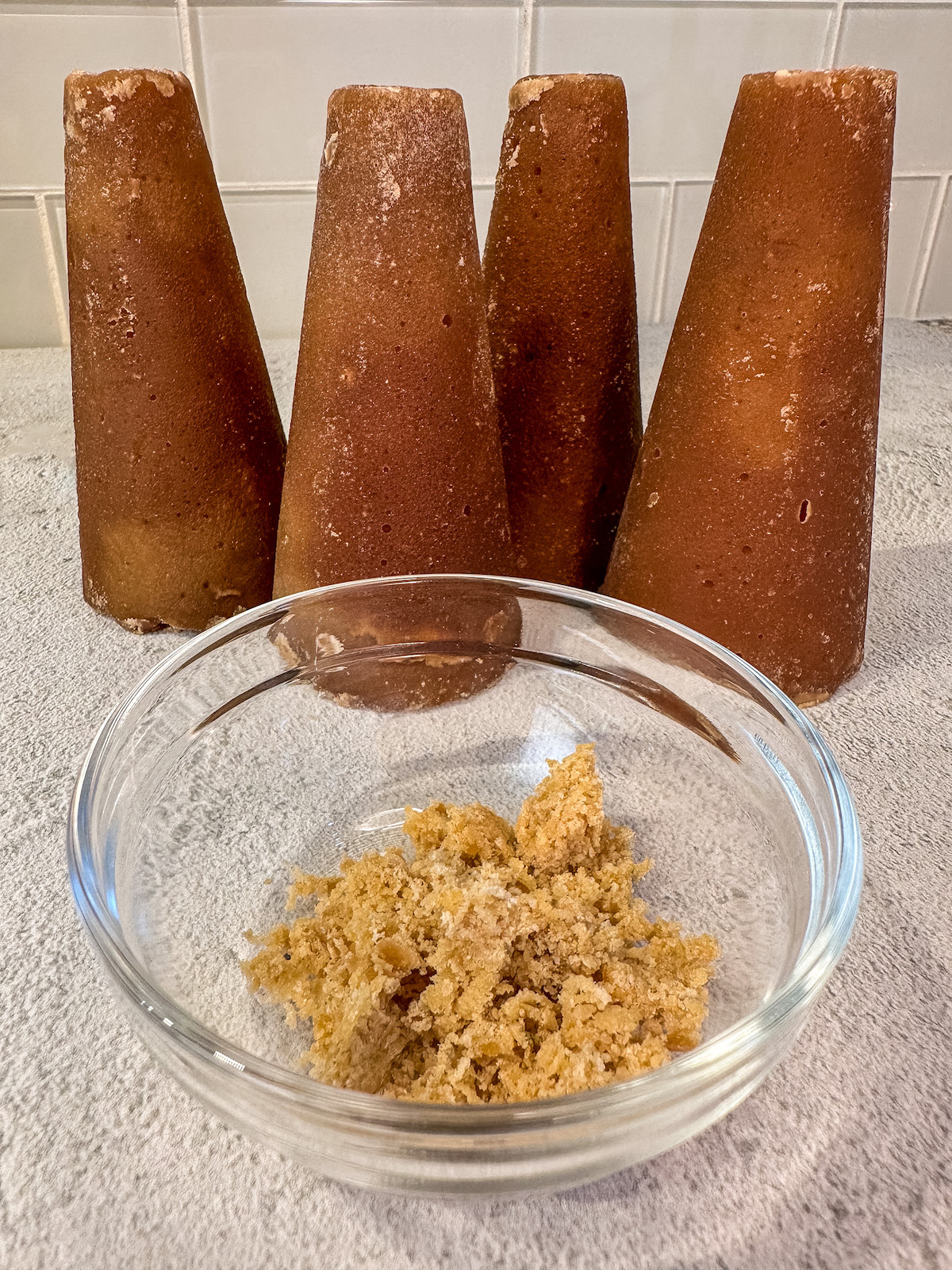
Is Piloncillo the Same as Brown Sugar?
In the US, piloncillo is sometimes called “Mexican brown sugar”, though you’ll find it labeled as brown cane sugar, too. However, piloncillo and brown sugar are very different sweeteners.
Piloncillo is made by cold-pressing sugarcane and boiling the liquid into a thick syrup. The syrup is then poured into cone-shaped molds and left to harden into its signature shape (see below).
While refined brown sugar is often just white granulated sugar with molasses added to it, piloncillo is completely unrefined, with a sticky, crumbly texture.
What Does It Taste Like?
Piloncillo’s flavor is unique. Unlike brown sugar which mostly tastes like caramel, piloncillo is chocolatey with notes of caramelized molasses, toffee, and rum (though it doesn’t contain any alcohol). It has a subtle smokiness, and it’s also refreshing and fruity, similar to the taste of roasted peaches or plums. Piloncillo’s tanginess adds a pop of sweet vibrance to any recipe it’s added to.
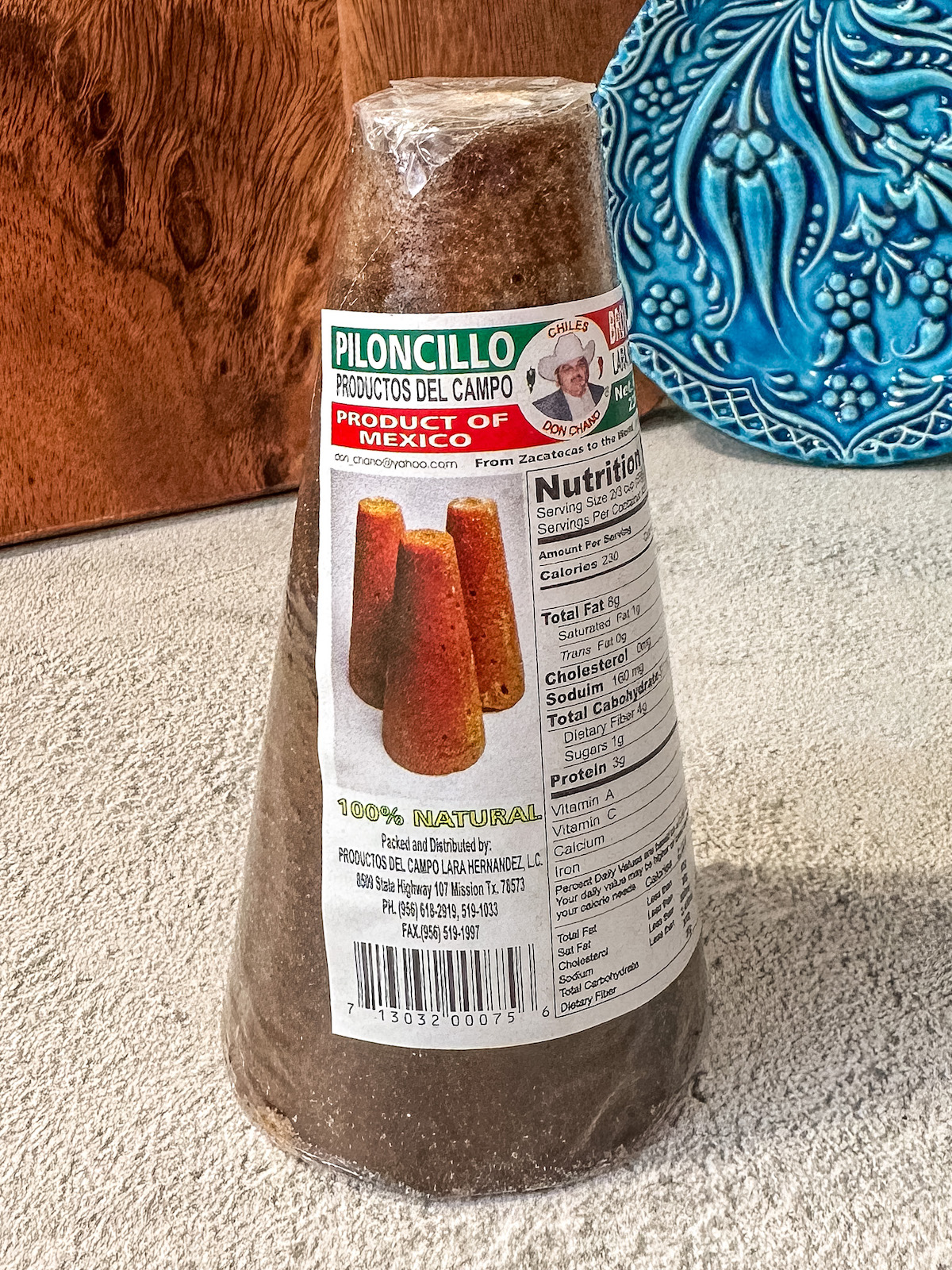
Why Is Piloncillo Shaped Like a Cone?
Piloncillo means “little loaf” in English, and occasionally, you’ll find it sold in blocks or disks. More often than not, though, it comes shaped like a cone. This is because after it’s cold-pressed and boiled, the sugar cane syrup is poured into cone-shaped molds. These range in size, from one ounce to 10 ounces and up. Once hardened, the unrefined sugar gets removed from the molds that give it its conical shape.
Recipes that use piloncillo almost always call for it by the ounce or pound, since it’s pretty tricky to fit a cone into a measuring cup! The hard cones can also be broken, grated, or melted down for measuring, depending on the recipe.
How to Use Piloncillo Sugar
When it comes to cooking with piloncillo sugar, you can use it to sweeten just about any dish that would otherwise call for brown sugar or honey. Before you use it, though, you’ll need to do a bit of prep work to break up the cones for cooking.
Want to save this recipe?
Piloncillo cones are very hard, and cannot be broken up by hand. Instead, the best way to prepare the cones is by chopping or grating:
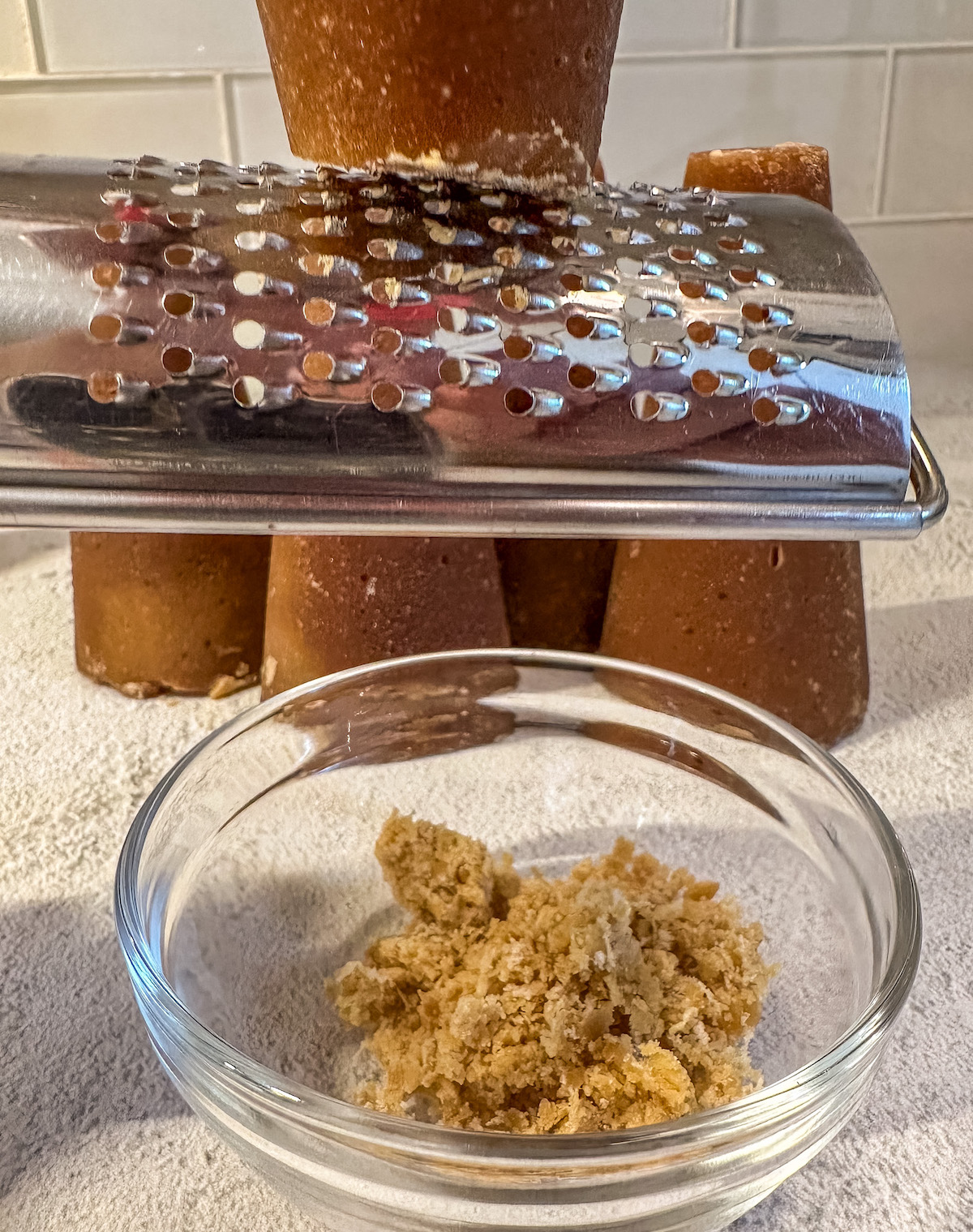
- Chop it. Place a moist kitchen rag on your counter for grip, and place a cutting board on top. This prevents any sliding. Next, use a sharp or serrated knife to carefully chop the piloncillo into medium-large pieces, or according to preference. A meat mallet also comes in handy for breaking up the cones into smaller pieces.
- Grate it. This is the most practical way to prepare piloncillo in advance. Use the largest slots on your cheese grater to carefully grate the cones. This way, the sugar will dissolve much faster when it’s added to recipes.
Whatever you do, do not be tempted to try and “chop” the cones with your food processor or blender. It will likely damage the blades or cause the blender to burn out. When I say that piloncillo is hard, I mean HARD!
Once your sweetener is broken up, it’s ready to use in all sorts of delicious Mexican dishes. Don’t forget to scroll for a round-up of some of our favorite recipes that you can try.

Where to Find It
Piloncillo is available at most Mexican supermarkets, and sometimes in the Latin American or international section of larger grocery stores. If you can’t find it in a shop near you, you can also order it online.
How to Store
Store piloncillo cones in a paper bag, or in an airtight container at room temperature. Piloncillo does not need to be refrigerated. The cones will keep for up to a year when properly stored in a dark, dry place away from sunlight. If the sweetener is grated, keep it in an airtight container or jar in the pantry.
5 Easy Piloncillo Recipes
With a deep appreciation for authentic Latin food, we’re no strangers to piloncillo in our house. Below are some traditional recipes that you can make using this Mexcian sweetener. Enjoy!
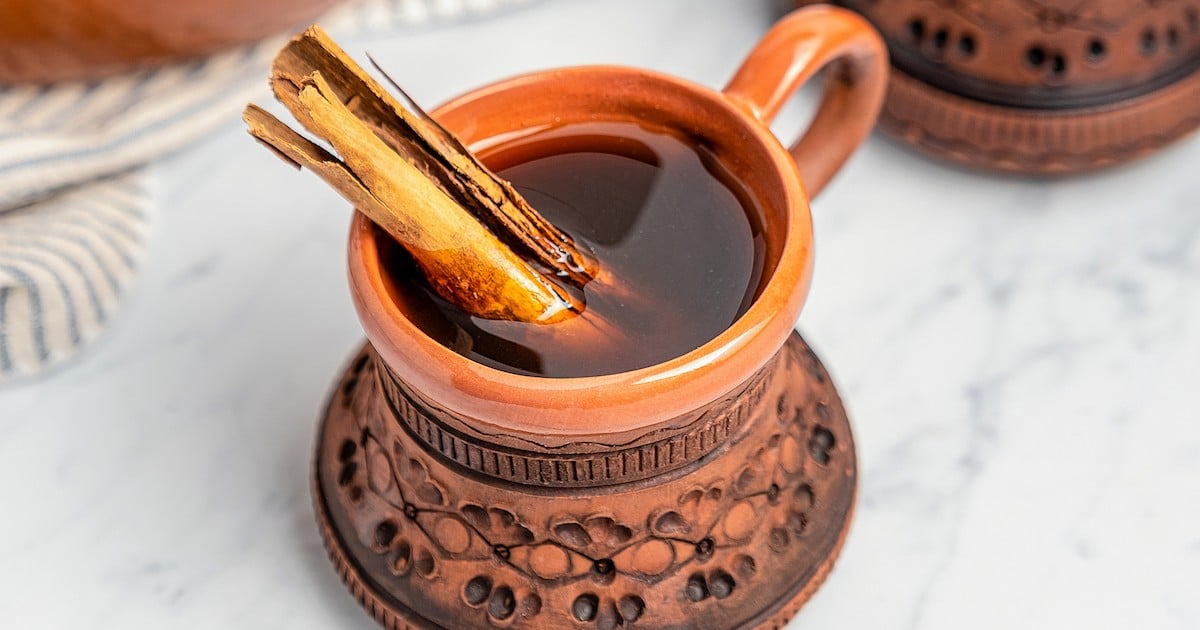
Café de Olla Recipe (Cinnamon Mexican Coffee)
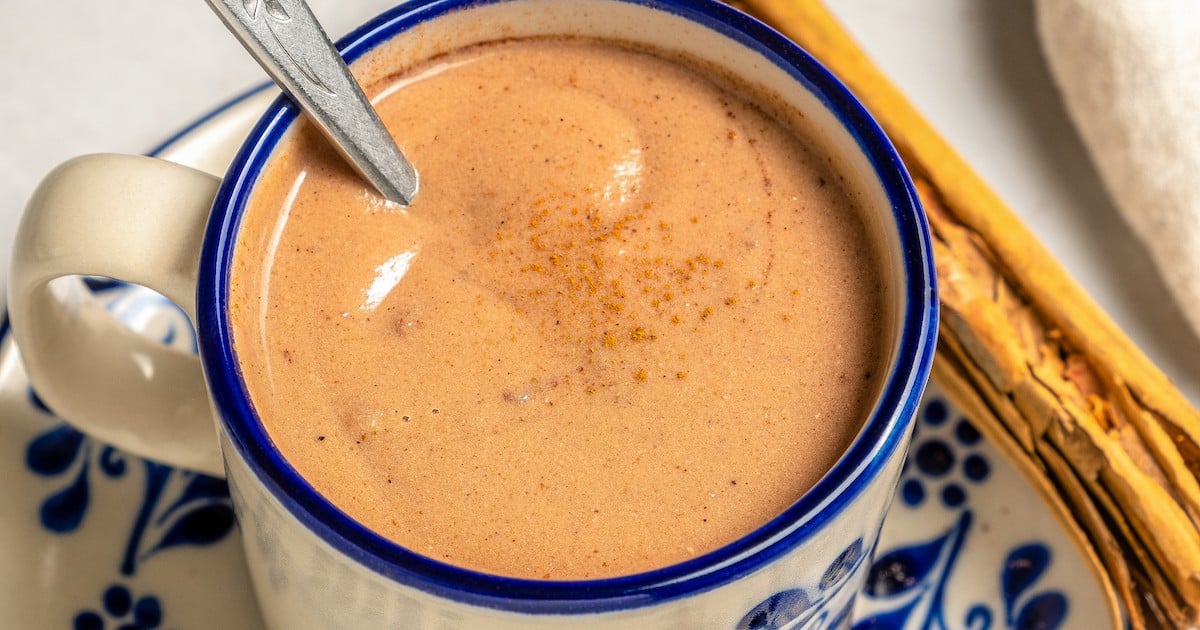
Champurrado
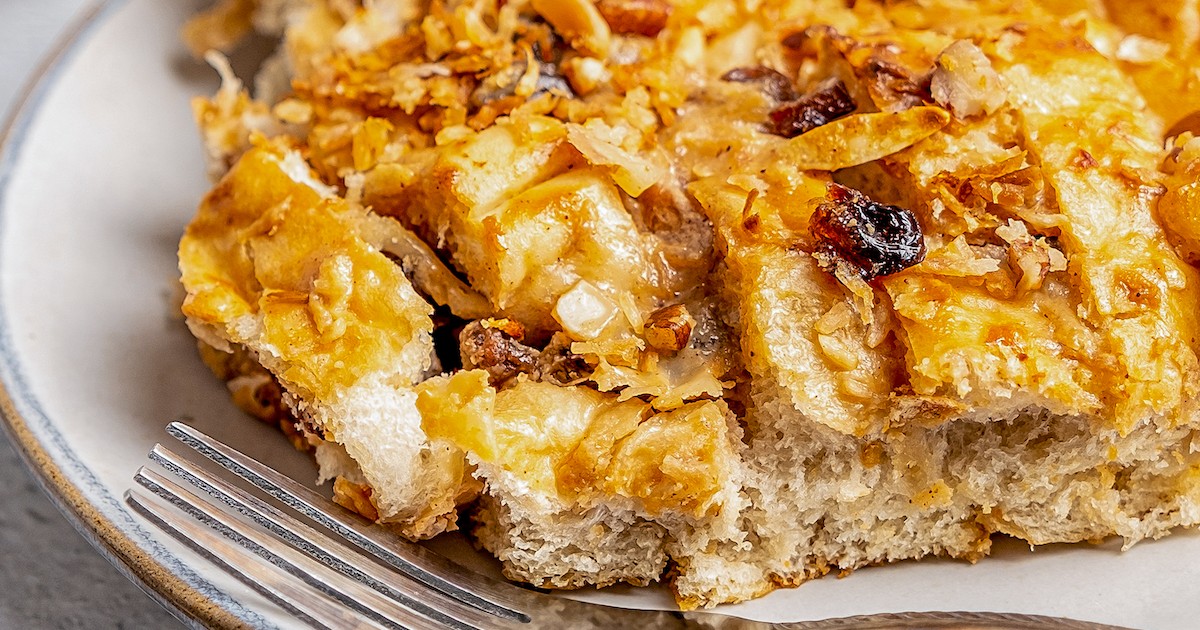
Capirotada Recipe (Mexican Bread Pudding)
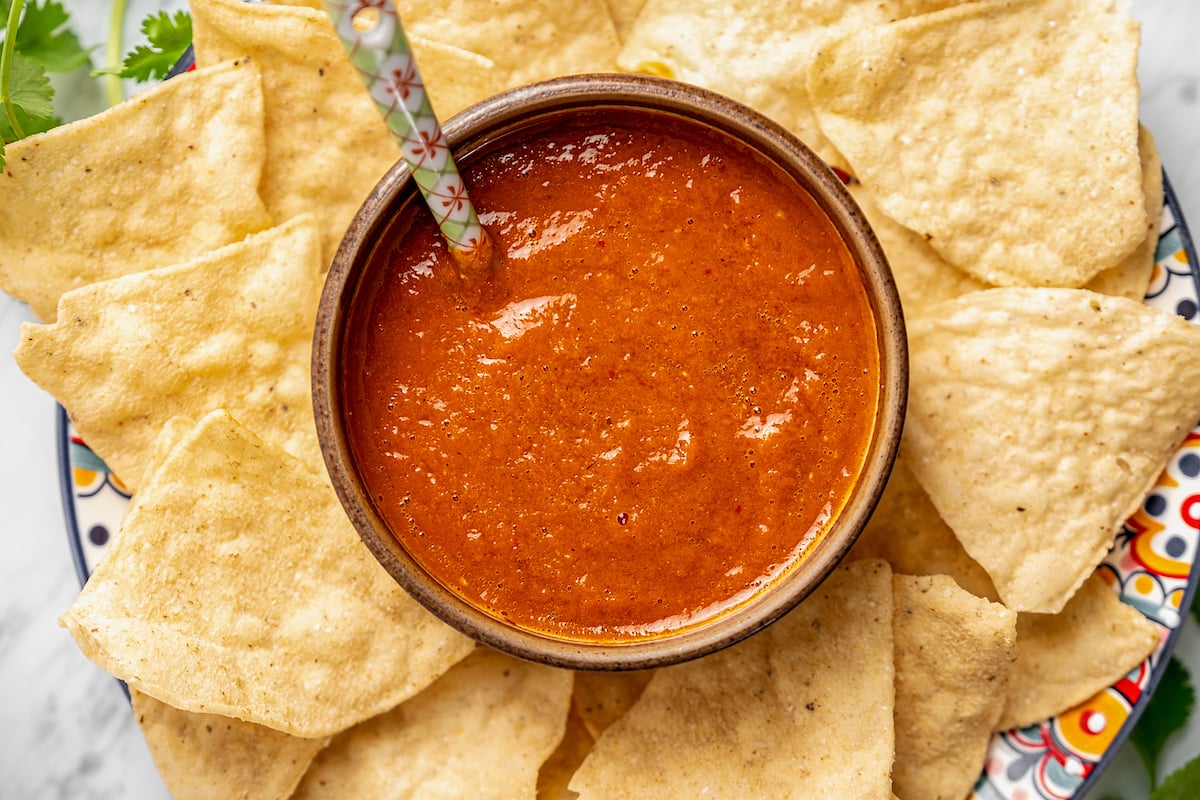
Salsa Morita (Morita Sauce)
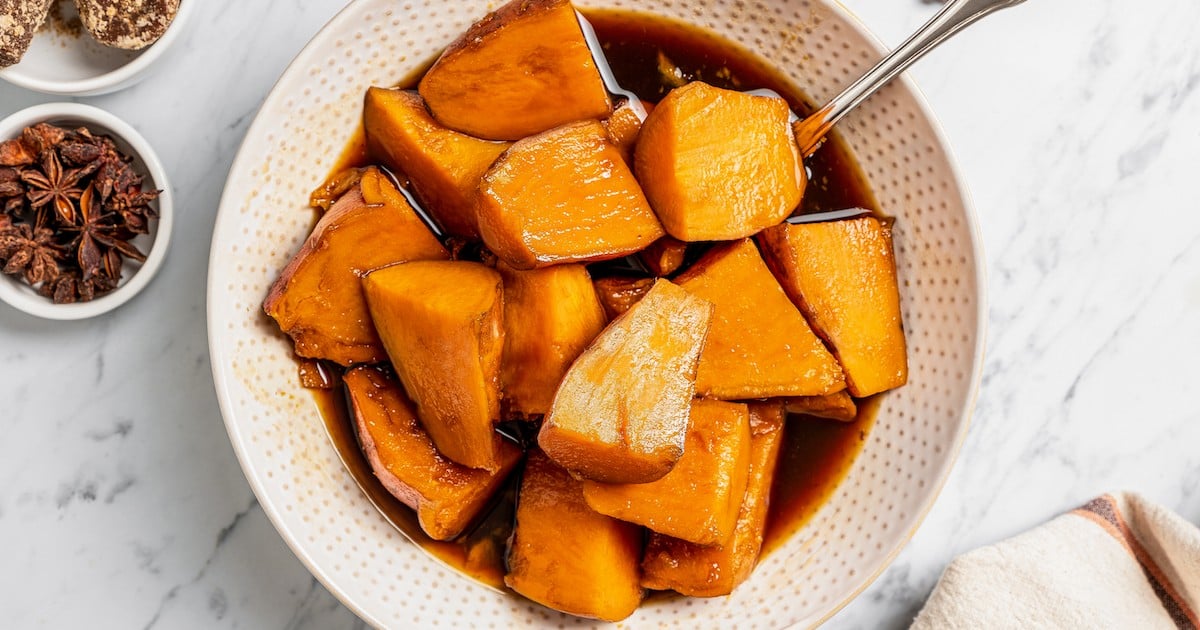
Camote Con Dulce (Mexican Candied Sweet Potatoes)
Looking for more information and recipe inspiration featuring unique ingredients? From coriander and annatto seeds to dulce de leche, check out the recipe index for all sorts of fun food trivia, resources, and delicious food ideas!
Post may contain affiliate links. Read my disclosure policy.

